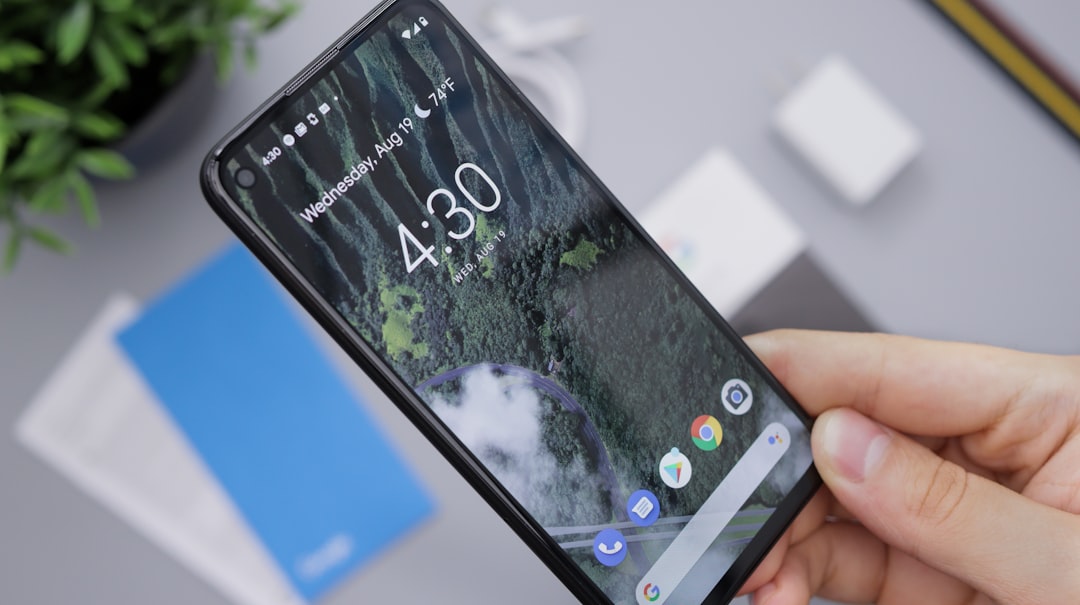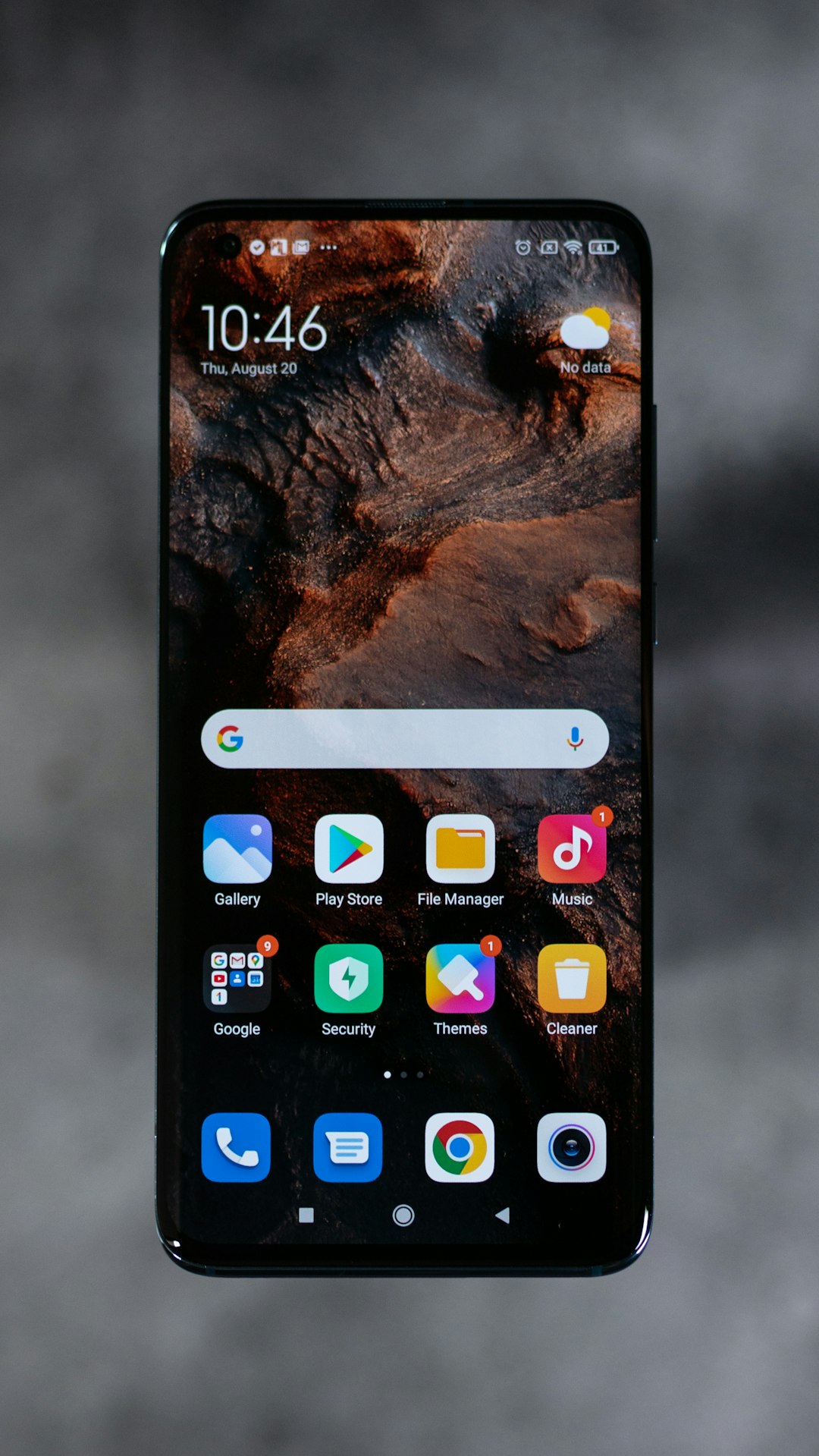Ohio has introduced stringent robocall laws to combat the deluge of unwanted calls, empowering residents with do-not-call lists and advanced blocking apps like Hiya, TrueCall, and NoMo. These apps use algorithms and community feedback to filter and block spam, offering customizable settings and do-not-disturb modes. By combining consumer education and technological innovation, Ohio creates a safer communication environment, setting a benchmark for other regions struggling with robocall regulations.
Ohio has taken a significant step towards curbing unwanted robocalls with the approval of blocking apps, offering residents a much-needed respite from intrusive automated calls. With the implementation of new robocall laws in Ohio, consumers now have access to powerful tools to protect their privacy. This article explores the rise of robocall blocking apps within the state, provides insights into Ohio’s legal framework, and offers a guide to selecting and optimizing the best app for your needs.
Understanding Robocalls and Ohio's Legal Framework

Robocalls, automated phone calls or texts sent en masse, have become a ubiquitous and often unwanted aspect of modern communication. These calls can range from marketing messages to political campaigning, but their prevalence has led many states, including Ohio, to implement robocall blocking laws. Ohio’s legal framework aims to protect residents from unsolicited and annoying calls by giving them the power to block such messages.
The state’s approach involves a combination of consumer education and regulatory measures. It encourages consumers to enroll in official do-not-call lists and provides guidelines for businesses conducting legitimate telemarketing activities. By understanding and adhering to these robocall laws, Ohioans can better control their communication experiences, ensuring they receive calls only from sources they have consented to.
The Rise of Robocall Blocking Apps in Ohio

In recent years, the rise of unwanted robocalls has led to a significant increase in the demand for robocall blocking apps. Ohio, recognizing the need to protect its residents from intrusive and often fraudulent calls, has approved apps that effectively combat this growing issue. The state’s robocall laws have paved the way for these innovative solutions, enabling Ohioans to take control of their phone lines.
With a simple download and activation, users can now filter out unwanted calls, significantly reducing the volume of spam and scam attempts they receive. These apps leverage advanced algorithms and databases to identify and block robocalls, ensuring a quieter and safer communication environment. The success of such initiatives in Ohio highlights the effectiveness of technology in addressing persistent issues related to robocall regulations.
Top-Rated Robocall Blocking Apps for Ohio Residents

Ohio residents now have a powerful tool in their fight against unwanted robocalls thanks to new regulations under the state’s robocall laws. With a growing number of spam calls, many are turning to robust robocall blocking apps for relief. These applications offer advanced call screening and blocking capabilities, ensuring users stay protected from intrusive automated phone calls.
Several top-rated options have emerged as favorites among Ohio users. Apps like Hiya, TrueCall, and NoMo consistently receive high praise for their effectiveness. Each provides features such as real-time robocall detection, comprehensive call history, and customizable blocking lists. Users can easily report spam calls, contributing to a more extensive community-driven blacklist that enhances the app’s overall performance in blocking unwanted callers.
Implementing and Optimizing Your Chosen App's Settings

Implementing and optimizing your chosen app’s settings is a crucial step in ensuring effective robocall blocking under Ohio’s new laws. These apps often come with extensive customization options, allowing users to tailor their preferences according to specific needs. It’s important to explore these settings thoroughly, as some apps may offer advanced filters that block calls based on number patterns, call frequency, or even the types of organizations calling. Activating do-not-disturb modes during certain hours can also significantly reduce unwanted robocalls.
Optimizing your app’s settings involves regularly updating them to adapt to evolving robocall tactics. As new phone numbers and strategies are employed by spammers, keeping your filters up-to-date ensures the app remains effective. Many apps provide community-driven feedback systems where reported spam calls are analyzed to improve blocking algorithms. Engaging with these features can enhance your protection against robocalls, contributing to a quieter, more peaceful communication environment under Ohio’s new robocall laws.






